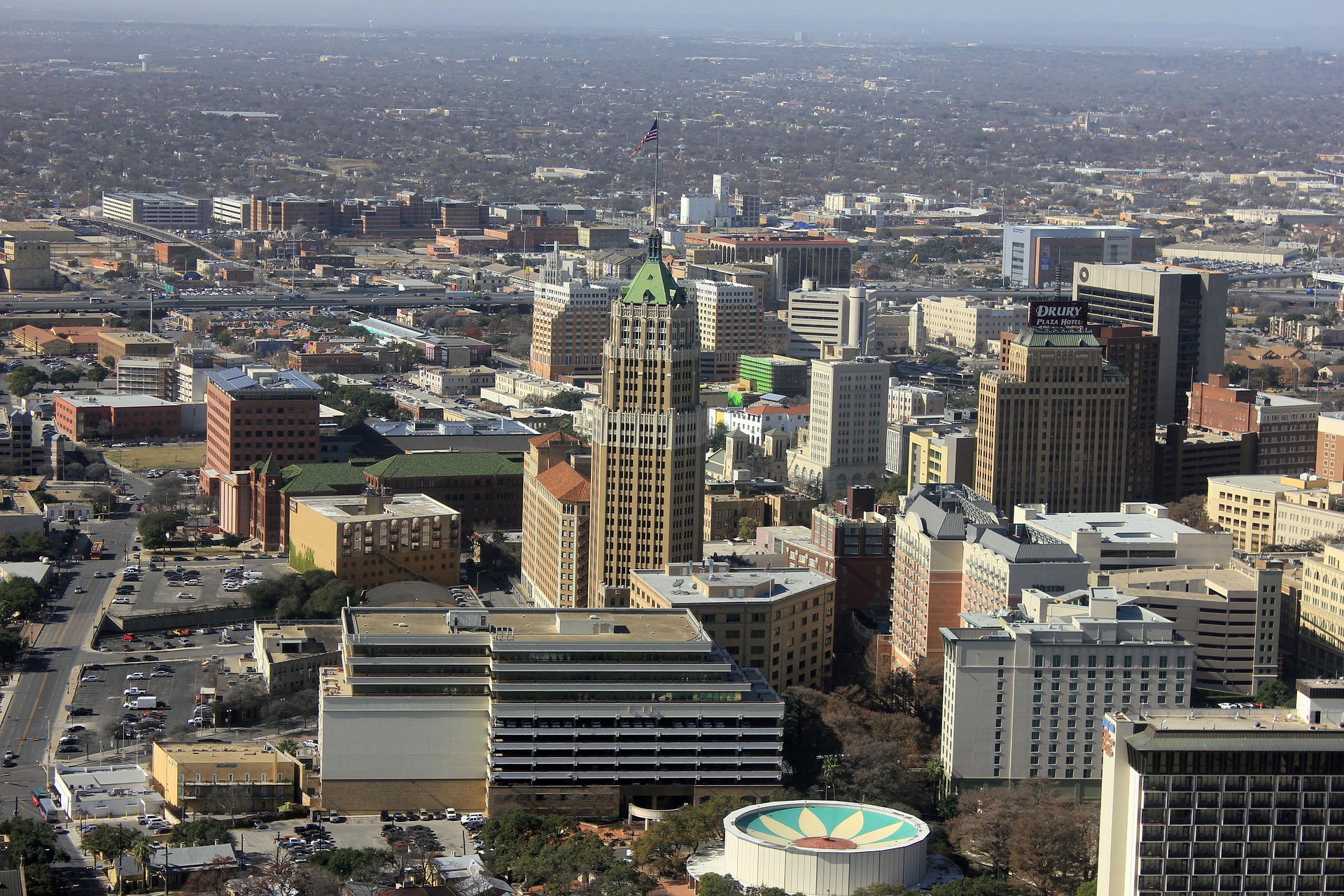In 2014, the Obama administration announced the first five zones of the Promise Zone Initiative: San Antonio, Philadelphia, Los Angeles, Southeastern Kentucky, and the Choctaw Nation of Oklahoma. Each of these zones applied to be part of the initiative by outlining the visions for their specific communities and well-integrated strategies that jointly addressed housing, education, workforce development, and health services. The Promise Zone Initiative was designed to support communities with ongoing action and strategies to battle poverty.
The Promise Zone Initiative partners the federal government with local community collaborations that involve private businesses, tribal and local officials, faith-based and non-profit organizations, and families. Together, they aim to increase economic activity, improve educational opportunities, improve public safety, and enhance access to quality, affordable healthcare and housing.
The majority of the plans focused on partnering with local academic institutions and businesses to improve access to quality education, preparation for college, training for growing sectors of the job market, expansion of public safety by cleaning up neighborhoods, and the pursuit of economic diversity (using natural, historical, and cultural resources for growth).
The designation process targets high-poverty communities struggling with poor infrastructure, housing, health outcomes, schools, and little to no economic opportunities. Once designated a Promise Zone, the local goals and strategies are supported through intensive federal support at the local level with better access to federal resources and full-time Americorps VISTA members as support. For example, if a federal grant is announced, preference will be given to an organization applying from a Promise Zone.
Image Source: Matthew Borkoski Photography
Since the designation, San Antonio, Texas has seen increased graduation rates and attendance, more growth for local small businesses, and more at-risk and reentering youth gaining access to the skills necessary for growing sectors in the job market. In Los Angeles, California, college preparedness has exceeded the school district average and training has expanded the economic opportunities for low-income workers, immigrants, and refugees. Through its partnership with Drexel University, West Philadelphia, Pennsylvania has expanded access to high quality learning. Southeastern Kentucky has provided the poorest children with access to healthy food and protected access to health care and hundreds of jobs by improving their hospitals. Schools in the Choctaw Nation have expanded educational opportunities by increasing distance learning infrastructure and early learning opportunities.
This past April, the Department of Housing and Urban Development announced eight more Promise Zones in Camden, New Jersey; Harford, Connecticut; Indianapolis, Indiana; Minneapolis, Minnesota; Sacramento, California; St. Louis, Missouri; the PineRidge Indian Reservation of the Oglala Sioux Tribe, South Dakota; and the South Carolina Low Country.
The third and final round of the Promise Zone designation process opens in the fall of this year with the intent of designating five urban communities, one rural community, and one tribal community.
Featured Image Source: Yinan Chen










